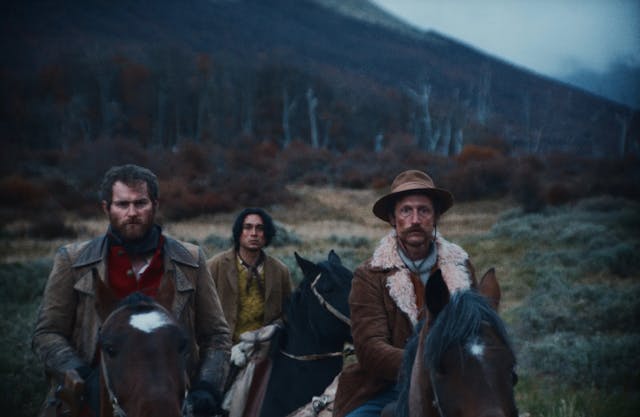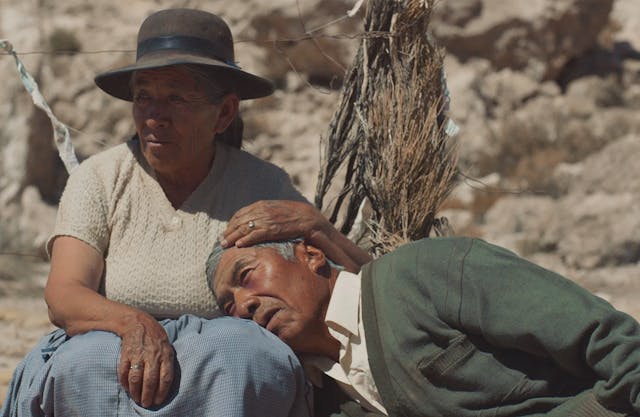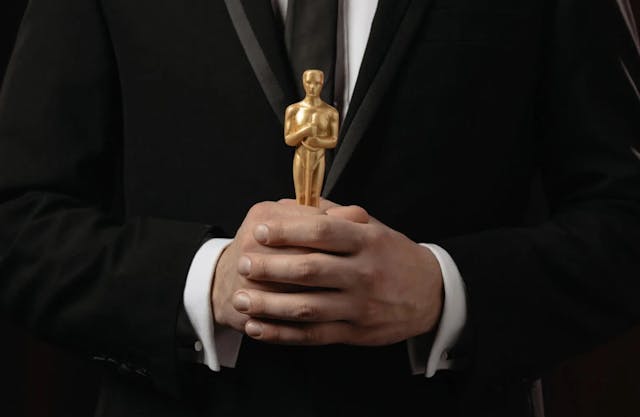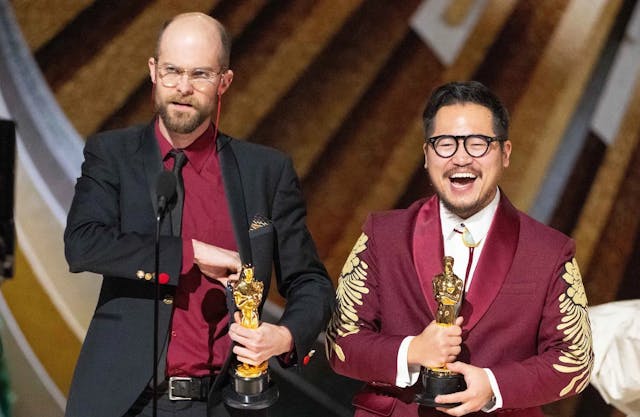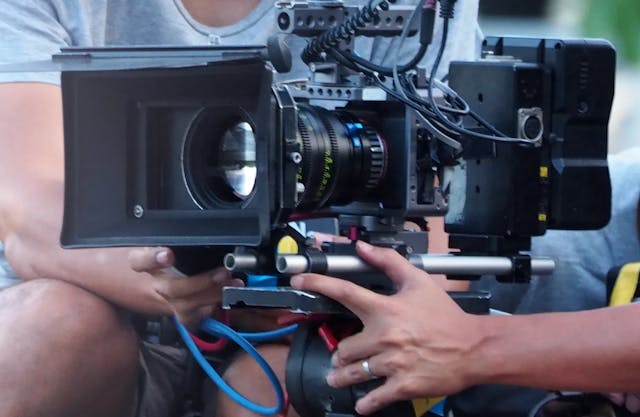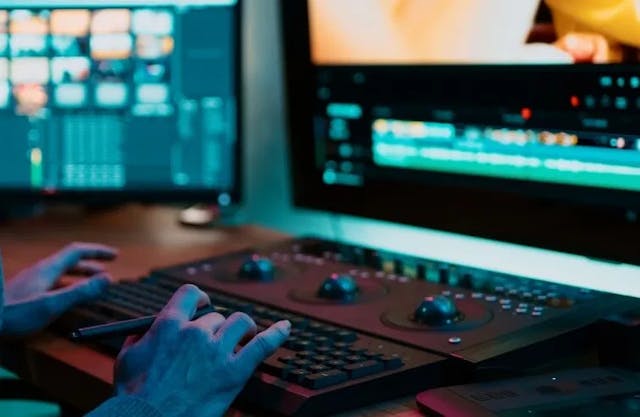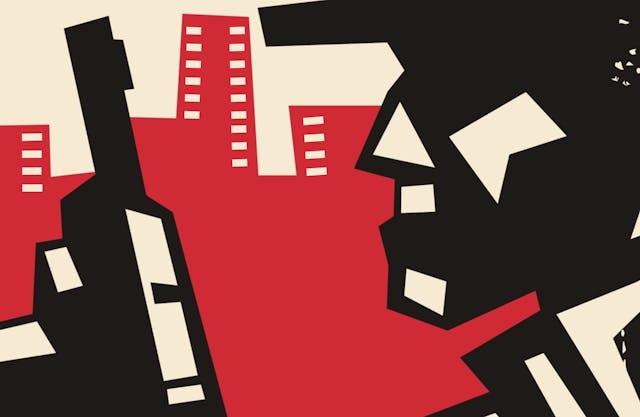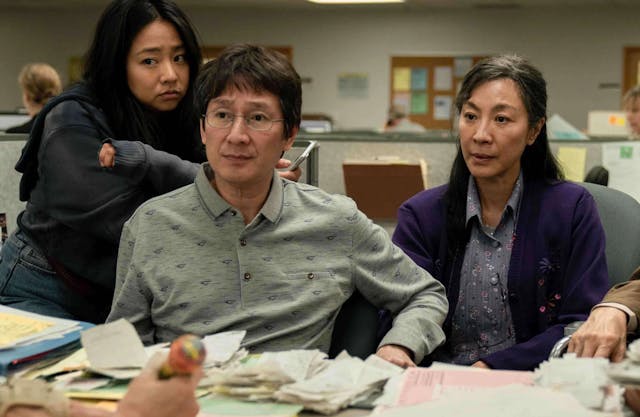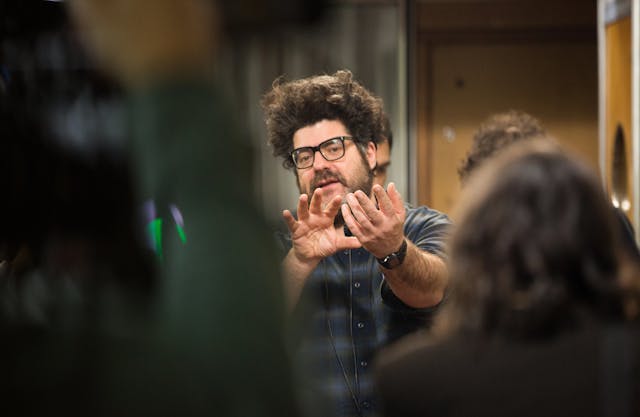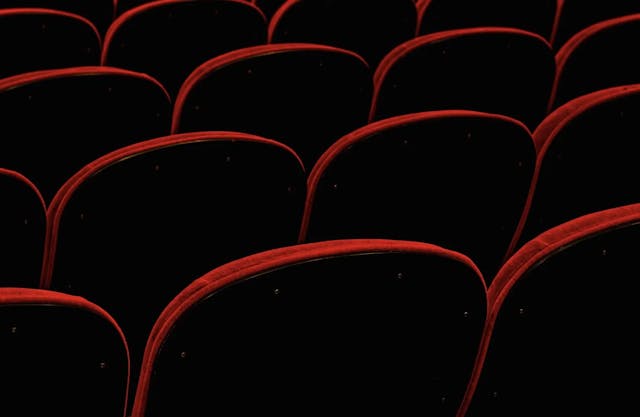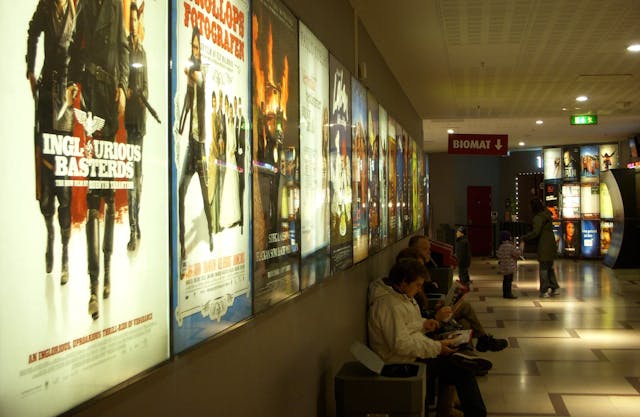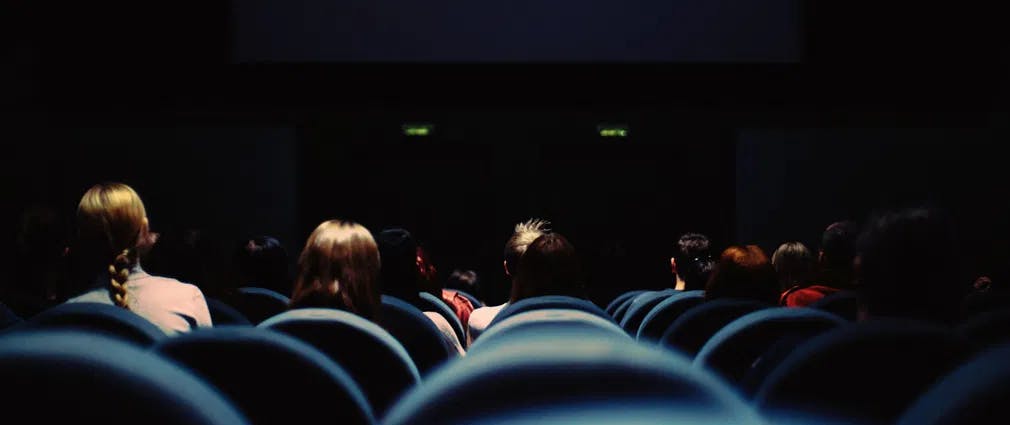
We can gripe about the shortcomings of streaming services all day, but the one thing that bothers me the most is the skip button. That little rectangle that flashes in the corner of the screen whenever an episode starts is like a personal affront. Yes, the lack of cult classic movies and silents in their offering is downright philistine. The recommendation algorithms are so clueless that they are an endless source of humor. Yet, those are abstract limitations. They exist in the ether with no visual manifestation. The skip button is right there, in your face, telling you to jump right into the action leaving credits behind.
A Practical Purpose
Why does it bother me at all? Perhaps it is a matter of finding them familiar. I grew up watching old-timey television when you had to watch series in weekly installments, one episode at a time. In the United States, the syndicated Twilight Zone marathon on New Year's Day was the closest thing to the contemporary practice of binging. And even then, you could fast-forward the credits. And who would want to miss the intoxicating, creepy musical theme?
Opening credit sequences have a practical purpose. They serve as a buffer, separating your real-life from the make-believe world you are about to enter. They set the mood for the program to come. I feel my mind reset when they work their magic. Even if they may be a contractual necessity and a structural convention in film production, they can function as a form of artistic expression by themselves. Gone are the days of a montage of disconnected shots from a handful of episodes with plain text invoking cast and crew - shout out to Glen A. Larson! -.
Things Have Only Gotten Better for Credit Sequence Lovers
By the mid-90s, opening credit sequences were shrinking almost to a minimal title card. It was necessary to give more airtime to advertising. The trend continues for shows produced to air on broadcast TV, but original series premiering on cable and streaming services favor memorable introductions.
The new golden age of television has brought exquisite, evocative work to the fore. The Sopranos’ introduction was straightforward, so I give all the credit to Mad Men's uneasy, animated fall from grace. Since its appearance in 2007, things have only gotten better for credit sequence lovers. We are legion! Ok, not really. But check out Succession and its home movie collage of family privilege, set to Nicholas Britell's jaunty theme. Or Severance, with its animated nightmare invoking a man divided by corporate malfeasance. It would charm the pants off both Luis Buñuel and Salvador Dali. There is artistry behind these mini-movies that will not be denied.
A By-Product of Binging
The skip button is a by-product of binging. If you can watch all the episodes you want to watch in one seating, the need for a buffer that separates one show from other programs becomes moot. You just saw the damned thing an hour ago, and you chose to keep watching the next episode. There is no need to tell you what you are watching. If anything, the credit sequence becomes an obstacle in the mad dash to consume the content, an intrusion. And they cut the illusion that you are watching not a series but a movie that happens to be 10 hours long, or however many hours you can take in one sitting. They might be superfluous, but alas, many beautiful things are.
Credit sequences are a formal convention that comes from film production. They might be a contractual obligation and perfunctory in their informative character. Still, some filmmakers have used them as an expressive, stylistic exercise. The form they take adds up to the whole. Check out Fahrenheit 415 (Francois Truffaut, 1966). Ray Bradbury's source novel presents a dystopian future where firefighters burn books instead of extinguishing fires. Since nobody can read, a narrator takes care of giving voice to the credits. No text tarnishes the screen, following the rules of the dictatorship repressing characters played by Oskar Werner and Julie Christie.
Credit as Narrative Pieces
Credit sequences can work as a trademark. Check out Woody Allen's signature, simple title cards, and credits: stark white text against a black background with a recognizable tune from the classic American songbook blasting on the soundtrack. They anticipate the directness of his style and connect it with cult classic movies of early Hollywood films. They are as much a gesture as a declaration of principles. These are the credits to Crimes and Misdemeanors (1990), perhaps his finest film, and one that can survive his fall from grace.
Even the placement of credits can be expressive. Think of the movies that start in media res and reserve credits for the end. It is a creative choice that enhances the reality of the fictional exercise. It may disorient viewers intentionally. The story spills off of the running time. This moment is where we get in, but stuff has been happening for a while. Holding off on credits also hints toward a disregard for the trappings of celebrity. What matters is the story we are telling, not who is the biggest star in the cast. It telegraphs a certain seriousness of purpose.
Check out the recent Drive My Car (Ryusuke Hamaguchi, 2021), where the title card appears around the 40 minutes mark. You are already engrossed in the lives of these characters, and the disruption that comes up reminds you that you are watching a narrative exercise, a work of fiction. The idea feeds into how we make - and consume - art as a way to find solace in the face of tragedy. Credits can be narrative pieces and a structural convention of film production. We expect to see them. And when you see them, they carry some meaning that adds up to the movie.
Sure, clicking on Skip may not be different from standing up and leaving the screening room as soon as the final credits roll. You can fast-forward over the introductory vignette. Heck, you can turn off the TV whenever you want. But I think the gesture matters. As audiences, we surrender to the narrative. We give away our time and attention to be entertained, to escape our reality. By reclaiming this modest measure of control, we diminish the experience. I would love it if streaming services allowed us to adjust settings to make Skip disappear. I know I will never use it. But then again, I stay seated in the movie theater until the final line of the credits rolls. I do not want to miss a thing.
Want to get an email when we publish new content?
Subscribe today